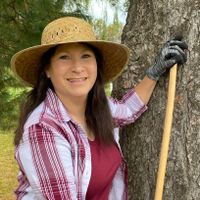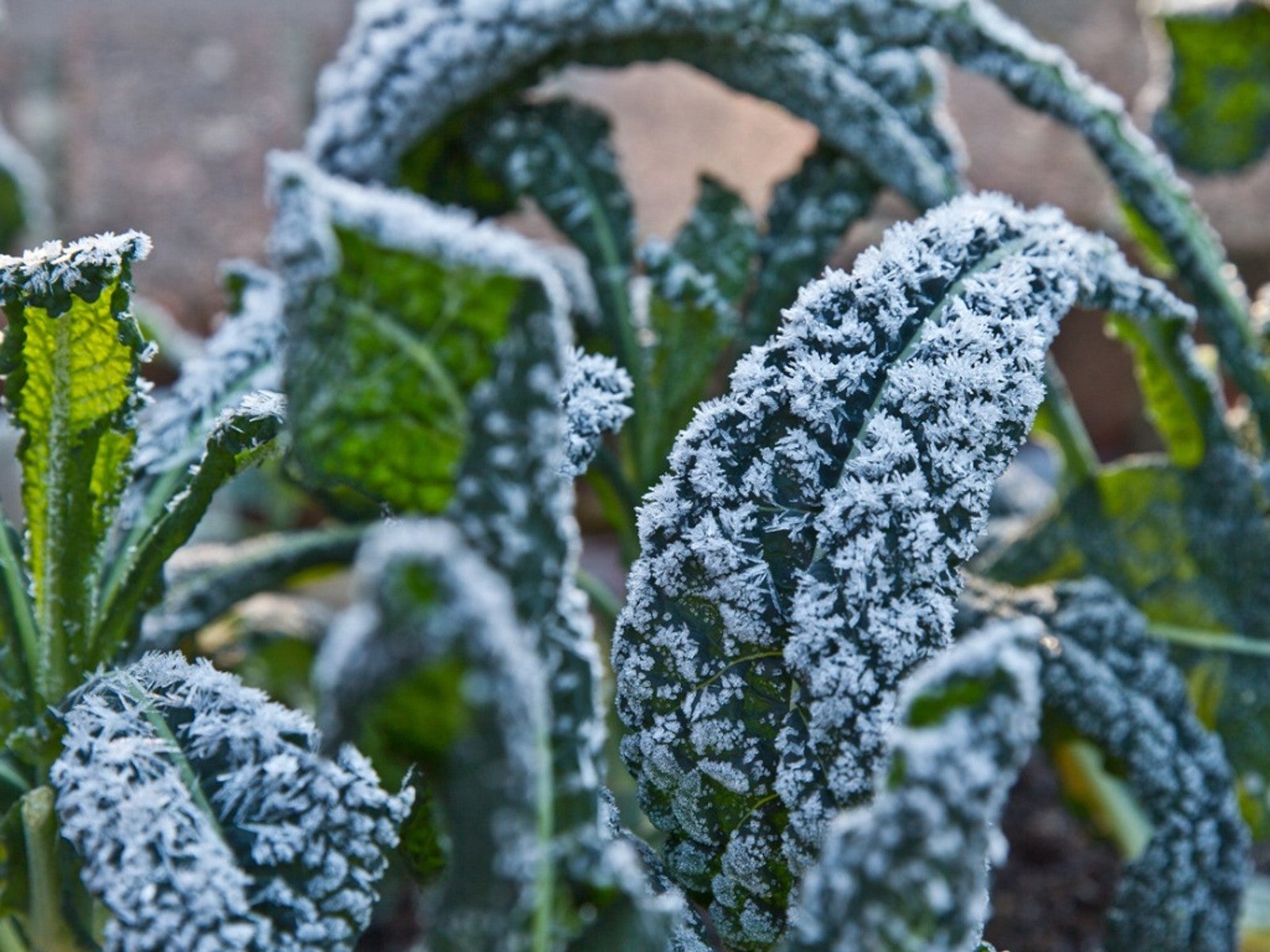Top 10 Cold Weather Vegetables


All too often, gardeners think of vegetable gardening as a summer activity. Yet, there are a number of cold-season vegetables that will germinate and grow in cooler temperatures. In warmer climates, like Florida and southern California, these cold-weather vegetables can be grown throughout the winter.
Gardeners in northern U.S. climates can also take advantage of cold-hardy vegetables by planting these winter vegetables as early spring or fall crops. In addition, coupling cold-season vegetables with techniques for extending the growing season can make one's garden more productive throughout the year.
To get you started, here's our list of the 10 best vegetables for cold-weather cultivation.
The Top 10 Winter Vegetables
1. Beets – It's best to direct seed these cold-hardy vegetables into the garden as they don't transplant well. Beets can withstand a heavy frost and will mature between 50 and 70 days, depending upon the variety. The leaves and stems are edible and can be harvested as soon as they reach a usable size.
2. Bok Choy – Also called Asian cabbage, Bok Choy is one of the easiest winter vegetables to grow. It readily self-seeds in warm weather and can withstand temperatures below 30 degrees F. (-1 C.). From seed to table, Bok Choy is harvestable in approximately 45 days.
3. Carrots – This brightly-colored root crop is not only a rich source of vitamin A, but carrots also become sweeter as the temperature drops. Ready for harvest in 70 to 80 days from planting, these cold-weather vegetables can be stored in the ground until needed.
4. Kale – Whether you enjoy this leafy green cooked, raw, or in smoothies, kale is an easy-to-grow crop that can tolerate cold temperatures. In colder climates, seedlings can be started indoors and transplanted into the garden 4 weeks prior to frost-free weather. Begin harvesting leaves when the plants reach 8 inches (20 cm.) tall.
Sign up for the Gardening Know How newsletter today and receive a free copy of our e-book "How to Grow Delicious Tomatoes".
5. Kohlrabi – As a fast-maturing member of the cabbage family, kohlrabi can be ready for harvest in as little as 45 days. Able to withstand heavy frosts, plant kohlrabi as a spring or fall crop in colder climates and as an overwinter crop in warmer areas.
6. Lettuce – Plant these garden-fresh greens between other slow-maturing cold-season vegetables and enjoy dinner salads within 30 days of sowing seed. With a germination temperature as low as 35 to 40 degrees F. (2-4 C.), lettuce can be started outdoors in early spring or mid-fall.
7. Onions – As one of the best vegetables for cold-weather gardening, most varieties of onions can tolerate temperatures down to 20 degrees F. (-7 C.). When started from seeds, onions can take up to 175 days to produce sizeable bulbs. For a faster turnaround time, plant onion sets and harvest as green onions.
8. Peas – These cold-hardy vegetables can tolerate frosts and light freezes, but not hot summer temperatures. Planting peas as soon as the ground can be worked in the spring helps ensure this crop will have the 60 to 70 days needed to reach maturity.
9. Radishes – One of the quickest vegetables for cold weather gardens, radishes can reach a harvestable size in as little as three to five weeks. Radish seeds will germinate between 40 and 85 degrees F. (4-29 C.) and the plants can tolerate 25 degrees F. (-4 C.) for short periods.
10. Spinach – Lengthening daylight hours in the spring prompts this crop to readily bolt, which makes spinach ideal for fall gardening. Spinach is one the most cold-hardy veggies and can tolerate temperatures as low as 20 degrees F.

Laura Miller has been gardening all her life. Holding a degree in Biology, Nutrition, and Agriculture, Laura's area of expertise is vegetables, herbs, and all things edible. She lives in Ohio.